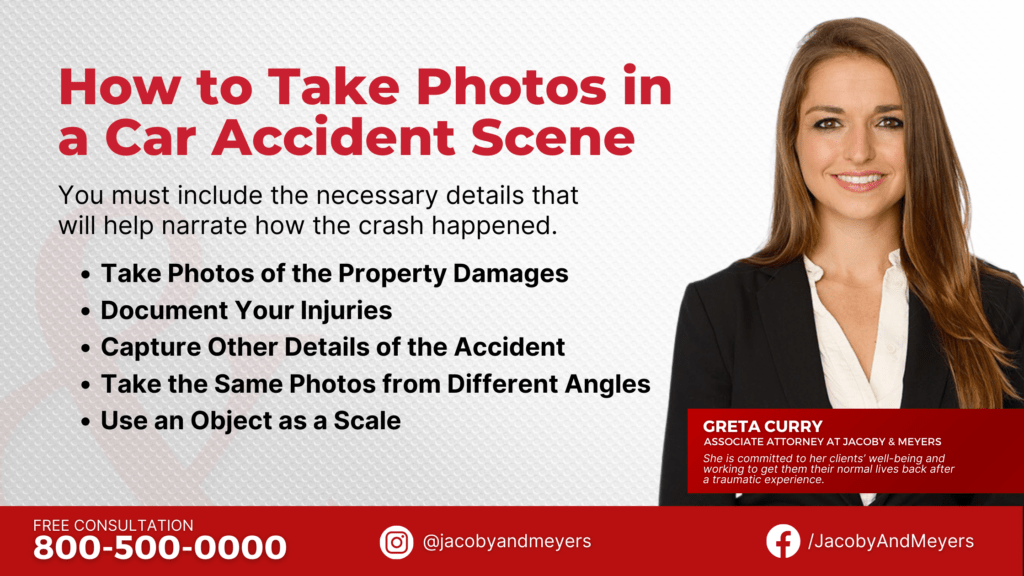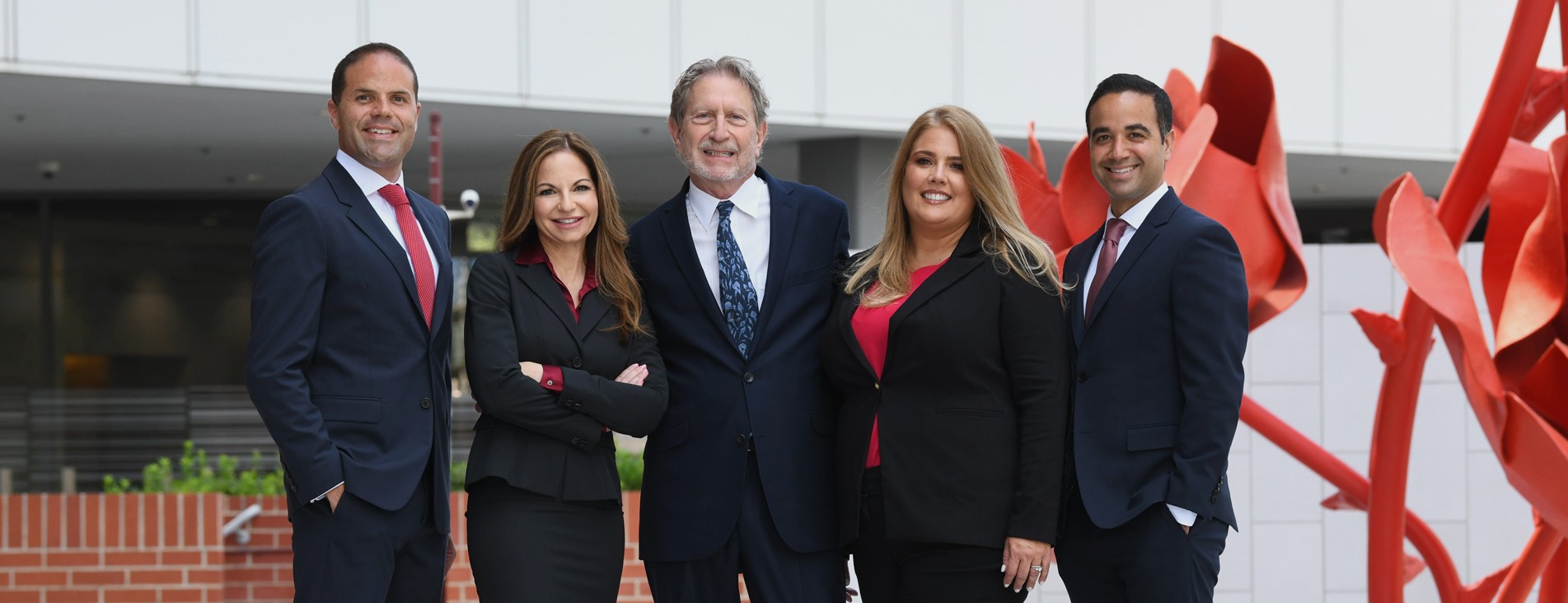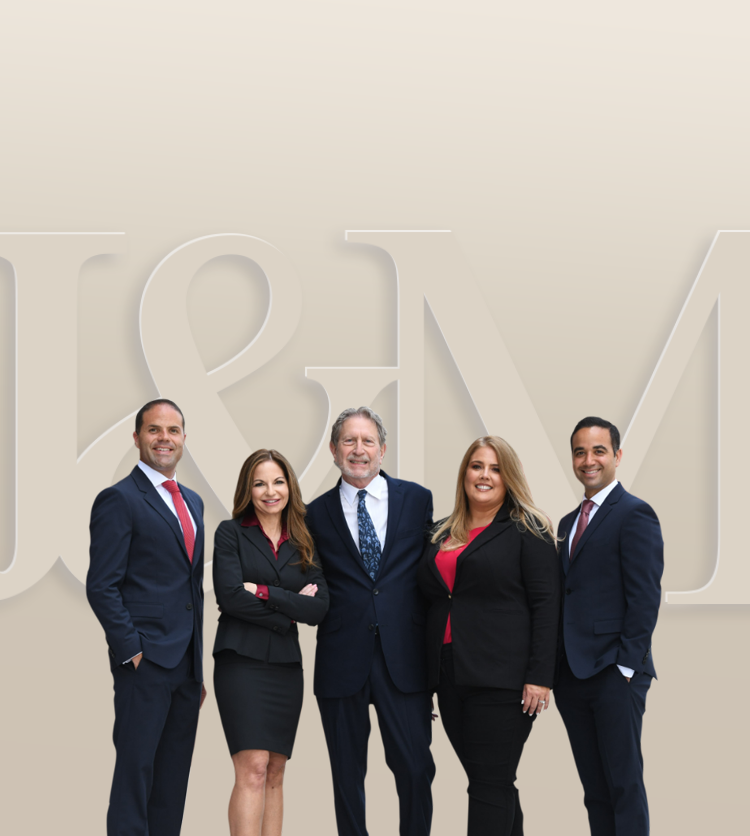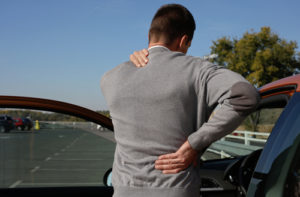Having car accident photos can be beneficial when proving the cause of an auto collision. Insurance providers also request accident scene photos to verify the severity of the damages. This is why it is essential to gather the necessary details when capturing the accident, such as:
- property damages
- injuries,
- other evidence, such as skid marks,
- the same photos from different angles, and
- object scales as measurements.
Read on to learn how to take car accident photos when collecting evidence at the crash scene.
Why Do I Need to Take a Photo if There Is an Accident?
Accident scene photos are one of the most crucial pieces of evidence you can use when filing a car accident claim. Pictures of the car accident can help with the following:
- Demonstrate how the accident happened.
- Present the probable cause of the crash.
- Show the severity of the accident’s damages.
- Provide the necessary accident details, such as the location, weather, and road during the crash.
If you are involved in an auto collision, capture the accident scene. However, if it is physically impossible to do so, a personal injury lawyer can examine the facts of your case and work with investigators to collect sufficient proof.
Insurance Company Wants Pictures of My Car After Accident, Should I Share Them?
The other party’s insurance provider usually requests evidence to confirm your accident, such as car accident photos. They also do this to verify how much compensation you should be getting based on the severity of the accident’s damages.
If the insurance company requests the accident photos, seek advice from a legal expert before sending them. Insurance providers sometimes try to reduce compensation or dismiss your claim if the car accident photos are unclear or have questionable details.
Are Car Accident Photos Admissible in Court?
If your personal injury claim goes to trial, you may use the car accident photos as evidence in court. However, you must note that there are specific guidelines when utilizing digital photographs as evidence in a trial.
Essentially, the court will determine the relevance and authenticity of the photos before declaring them admissible in court. The following are the guidelines for admitting car accident photos as proof in a trial:
- Create a set of guidelines, such as a Standard Operating Procedure (SOP), Department Policy, or General Order, that outline the appropriate utilization of digital imaging.
- Ensure you have an original copy of the image.
- Retain digital images in their original file formats for preservation purposes.
- Designate the files as read-only for everyone except authorized evidence or photo lab personnel if image files are stored on a computer workstation or server.
- Save the resulting modified image files using distinct file names when conducting photo analysis or enhancement.
In a car accident trial, your personal injury lawyer will assist in determining the authenticity of your car accident photos before presenting them in court.
How Do I Take Photos at a Car Accident Scene?
When capturing the accident scene, you must include the necessary details that will help narrate how the crash happened. These steps will help you obtain compelling car accident photos to support your claim:
Take Photos of the Property Damages
Property damages can show how the accident happened. For instance, a speeding car will more likely cause severe damage when it hits a vehicle. This is because a speeding driver will have less reaction time, making a more significant impact when it strikes a particular object.
Additionally, photos of property damage can showcase the severity or extent of the outcome. In most cases, insurance providers will refer to these photos when verifying compensation for your damages.
When capturing property damages, make sure to include the following:
- damages to your property at a wider angle, such as dents, scratches, and shattered glass,
- damages to the other driver’s vehicle, and
- other damaged properties due to the crash, such as broken phones or destroyed lawns.
Document Your Injuries
Aside from property damages, a severe car accident can result in injuries. If you incur bodily damages from a car accident, capture these at the accident scene. If it is physically impossible for you to do so, ask someone to take photos.
You must remember that you may capture other victims’ injuries if you have permission to do so. Without consent, doing this may aggravate the situation.
Capture Other Details of the Accident
Other details of the accident, such as road and weather conditions, can help you and your attorney understand what caused the crash. For example, a speeding driver will typically create skid marks when trying to avoid hitting an object by harshly hitting the brakes.
Additionally, you may capture the accident scene’s surroundings to show the damage’s extent. Let’s say the driver struck another property after slamming into you. A broken lamp post or a destroyed hydrant can help establish the severity of the accident.
The following details can help you provide additional information about the collision:
- contact details of the other driver, such as their driver’s license,
- the other driver’s plate number,
- skid marks,
- road or vehicle debris,
- destroyed properties within the accident scene,
- road conditions,
- weather conditions, and
- accident location.
Take the Same Photos from Different Angles
Having car accident photos from different angles will help show the crash from different perspectives. When collecting accident scene photos, make sure to do the following:
- Have a close-up shot of the accident.
- Take a few steps back and capture the same image from a wider angle.
- Position yourself in different locations to add other perspectives on the accident.
- Take photographs with and without a flash.
Use an Object as a Scale
You may also use an object as a reference or scale to show the severity of property damage. For instance, you can position a pen beside a scratch or dent when taking pictures of the damage.
What Would Happen If I Didn’t Get Accident Scene Photos?
You may still file a car accident claim if you couldn’t gather car accident photos due to your injuries. You may defend your case by having other necessary evidence, such as:
- witness testimonies,
- police reports,
- Dash cam, CCTV, or surveillance footage within the accident location,
- medical bills,
- vehicle repair or replacement costs, and others.
If you have limited evidence to support your claim, a personal injury lawyer has the expertise and resources to investigate your accident and work with investigators to collect evidence to help defend your case.

How Can an Accident Lawyer Help Me?
Filing a car accident claim may entail challenges that may hinder you from receiving maximum restitution. For example, some auto collisions may cause catastrophic damage. When you incur severe injuries from a crash, you may not be able to collect the necessary evidence at the accident scene. How will you then defend your case?
A personal injury lawyer can sort out your claim by collecting proof and proving liability while you focus on your recovery. In addition, they will do the following to help you win your case successfully:
- Gather evidence.
- Prove liability.
- Meet legal deadlines.
- Calculate the total damage.
- Defend your case.
- Proceed to trial if necessary.
Jacoby & Meyers have experienced attorneys who passionately protect the rights of car accident victims in California. We will help you gather proof, such as accident scene photos, and prove liability so you can successfully retrieve the restitution you deserve. Contact us at 800-992-2222 for a free consultation.
Call or text 888-522-6291 or complete a Free Case Evaluation form








